
Developer: Thomas Waterzooi
Publisher: nakana.io
Platform: PC, Switch, Android, iOS
Tested on: Switch
Please, Touch the Artwork – Review
When we found out that Please, Touch the Artwork was developed by a Belgian indie developer, we almost felt obligated to take a look at it: this very website is based in Belgium, although it’s not often that we get to review a game by a fellow compatriot. Add to this that the game itself is themed around a subject that interests us -real life art- and that publishing duties are being handled by nakana.io, who tend to bring quirky and unusual titles with a message that resonates with the public, and you’ve got a title that certainly raises our expectations. Can Please, Touch the Artwork meet them?
Story
In Please, Touch the Artwork’s opening scene, we find ourselves at a museum, where an artist who goes by the name of T. Waterzooi -which happens to be the name of the game’s developer- has his works on display. A museum guard approaches us and, after asking a bunch of personality questions, encourages us that the exhibit will be right up our alley and that we should, by all means, touch the artwork. This is the framework around which Please, Touch the Artwork’s narrative is built, with each of the puzzles that make up the game representing a piece of art, inspired by the works of real-life Dutch abstract painter Piet Mondriaan. In between the puzzles, short text blurbs appear, asking philosophical questions and giving meaning to some of the game’s aesthetic choices, such as why the color green isn’t used.
The general idea behind Please, Touch the Artwork ties into the developer’s own feelings regarding abstract art. The game was developed to answer the question of what art like Mondriaan’s works should evoke in those that take the time to watch closely and try to get into the mindset of the artist. The puzzles in Please, Touch the Artwork were inspired by some of Mondriaan’s most famous series of works, namely ‘Compositie’, ‘Boogie Woogie’, and ‘New York City’, and the philosophical story around them comes from the developer himself.
Graphics
Given that Please, Touch the Artwork takes direct inspiration from a world-famous artist, it shouldn’t come as a surprise that the game has distinct and very recognizable visuals. The clean interface and primary color usage are directly taken from Mondriaan’s work, of course, and it works wonders here. Text blurbs are relayed through massive letters on a black background, ensuring their impact. Please, Touch the Artwork’s visuals have a timeless quality to them, and due to their brilliant simplicity, they shouldn’t cause any performance issues on your hardware. Of note is that the game doesn’t support docked mode -more on that later in this review- so some of the visual impact is lost because you’re limited to the size of the Switch’s built-in screen (unless you’re playing on PC of course).
Sound
Accompanying Please, Touch the Artwork’s aesthetics, which were inspired by Dutch art movement De Stijl, is period appropriate light jazz music. This feels very fitting for the relaxed atmosphere that the game embraces. The music does make up the majority of Please, Touch the Artwork’s soundscape -sound effects are very limited and there is no voice acting present- so it’s a good thing that the game absolutely nails its soundtrack.
Gameplay
With Please, Touch the Artwork taking inspiration from abstract art, perhaps it isn’t surprising that the actual puzzles are abstract themselves. The core mechanics are deceptively simplistic, yet somehow difficult to fully explain without talking about them at length -something that felt quite fitting for the message that Please, Touch the Artwork attempts to convey with its story. We wouldn’t be surprised if the screenshots here don’t tell you anything about gameplay -as you need to experience the puzzles for yourself before the mechanics “click”. The basic idea for the “Compositie” puzzles is that you are presented with two canvases: one displays a finished piece of art -hich you cannot touch- and the other one is a workspace for the player of sorts, where they recreate the displayed art piece. There is a set number of steps within which you need to do this, and this is simply a matter of tapping the right part of the screen to add lines or colour. The game starts off simple enough, but a few puzzles in, you’ll need to start thinking strategically, as the squares you fill in or lines you draw affect other areas of the canvas as well. Thankfully, there is an undo button as well as an option to completely reset the puzzle, making for a stress-free experience. A hint system is also in place in case you get stuck.
The other two distinct art series that Please, Touch the Artwork was inspired by are represented through distinct puzzle mechanics, although there is a lot of overlap in the core gameplay. The “Boogie Woogie” inspired puzzles see you attempt to bring together two different shapes so they can form a perfect square together, by placing the smaller shape on colored bars. Meanwhile, the “New York City” inspired puzzles require you to navigate a black line through a colorful maze, collecting small black squares along the way. Each puzzle series feels distinct, yet familiar, and they are all zen-like, relaxing experiences. In this way, Please, Touch the Artwork feels less like a generic puzzle game and more like something with meaningfulness behind it. Publisher nakana.io seemingly has the uncanny ability to sniff out indie games like this of course, so while we enjoyed our time with Please, Touch the Artwork, we can’t say that we were surprised by this outcome.
What we were surprised by, and not necessarily in a good way, were the game’s controls. Although the game is available both on PC and Switch, for some reason, Please, Touch the Artwork cannot be played in docked mode on Nintendo’s hybrid console. It exclusively makes use of the Switch’s touch screen. Having touch screen support is logical -it’s right there in the title- but the fact that it is the only available input method in the Switch version felt baffling as some of the controls felt counterintuitive in this way -especially in the New York City puzzles. It’s not that the game wouldn’t be able to support other input methods, as the PC version supports mouse input.
As is often the case with titles released by nakana.io, it’s difficult to accurately judge whether you’re getting your money’s worth. Compared to some of the previous titles we’ve looked at, like About an Elf or Stilstand, Please, Touch the Artwork does feel a lot more like a traditional video game and less like an interactive piece of art intended to provoke self reflection and deep thought, despite the subject matter. With over 150 puzzles included, €7.99 doesn’t seem like a bad price for what you’re getting here either. However, some of those puzzles will only take you a few seconds to complete, and how long it takes you to complete the game itself will depend entirely on how good you are at figuring out what the game presents you with. We estimate that most people would be able to complete Please, Touch the Artwork in under five hours and there is very little replay value after you’ve completed the game once. There are plenty of other puzzle games in the same price bracket that will provide lengthier content, but then again, those typically don’t linger with you afterwards. Through its philosophical message, Please, Touch the Artwork does, and it’s very difficult to put a price on that.
Conclusion
With its instantly recognizable aesthetics, accessible-but-impossible-to-explain puzzle mechanics, and meaningful narrative, Please, Touch the Artwork feels like a game where the sum is greater than the individual parts. Controls do occasionally feel counterintuitive, on the Switch version at least, but that’s probably the only real gripe we have with the game. It’s easily the most mainstream title in terms of gameplay that we’ve seen released by nakana.io but it also ticks most of the boxes that we’ve come to expect from the publisher. Given their track record, that means that you can expect an experience that exceeds that of a simple game. As such, it’s easy to recommend Please, Touch the Artwork, although we do urge you to strongly consider which platform fits your preferred playstyle.
Please, Touch the Artwork - Review,
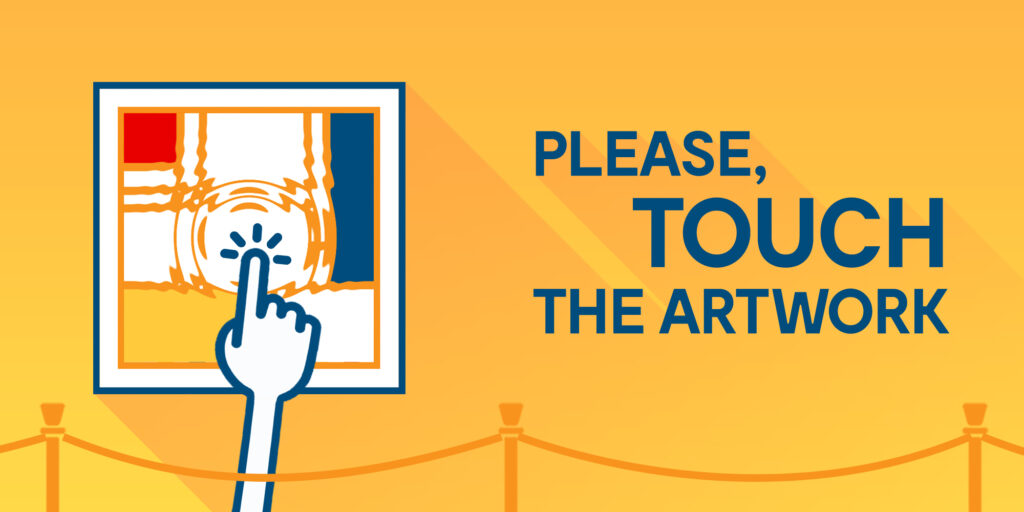
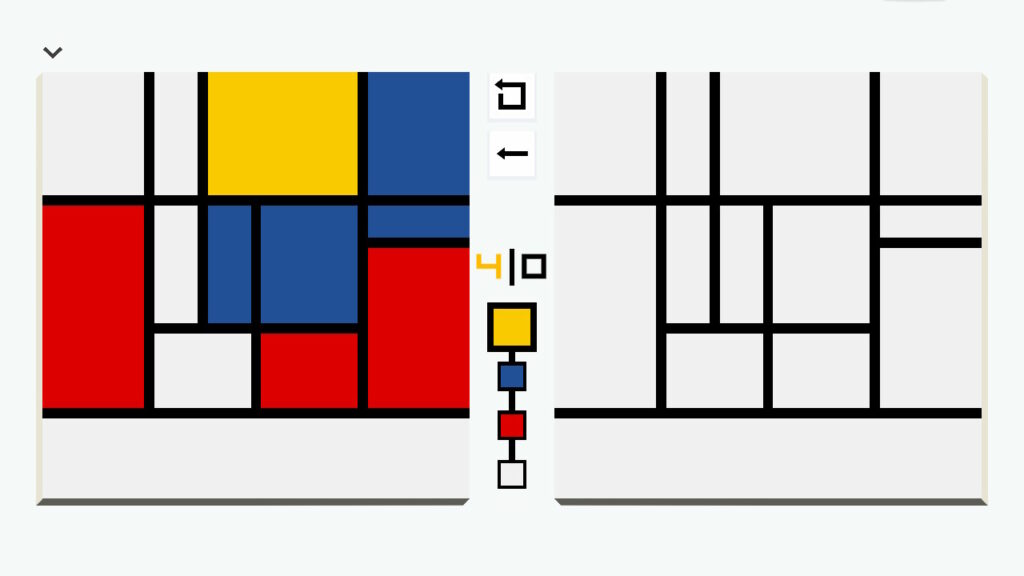
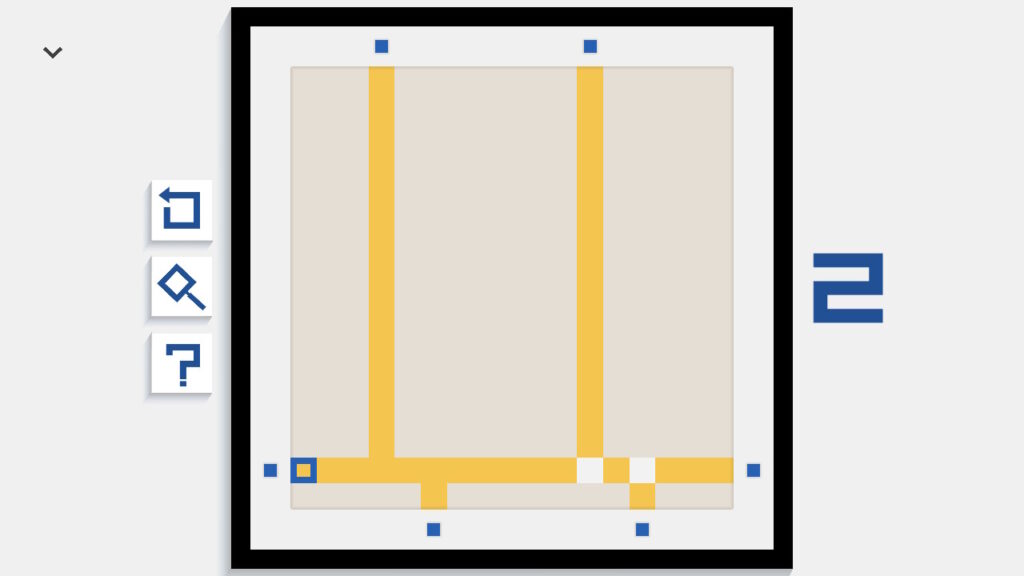
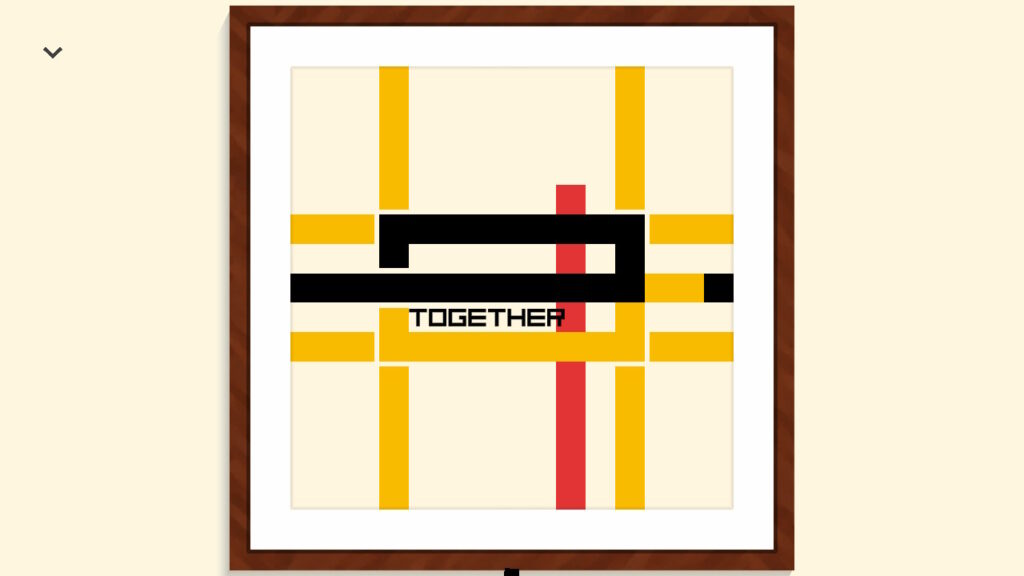
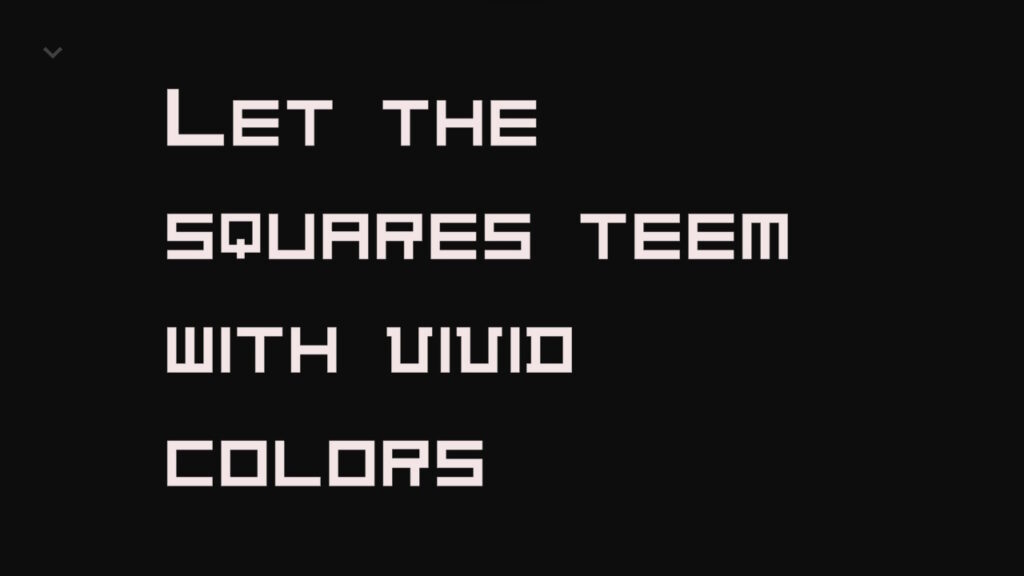



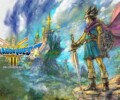
No Comments